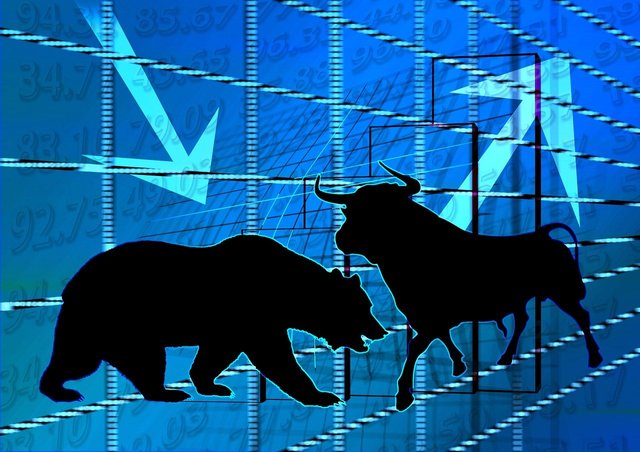Bull and Bear Market
Today I decided to write more on the Bull and Bear market in detail. I am not a crypto enthusiast, I am writing this post on the base of my knowledge and information.
A bull market and a bear market represent two distinct phases in the financial markets, each characterized by specific trends, investor sentiments, and economic conditions.
Bull Market:
A bull market is a period of optimism, rising asset prices, and positive investor sentiment. During a bull market, asset prices, such as stocks, bonds, or cryptocurrencies, typically experience sustained increases. Several key features define a bull market:
Rising Prices: Asset prices are on an upward trajectory. Investors have confidence in the future potential of these assets, leading to increased demand and higher valuations.
Positive Sentiment: Investor sentiment is generally optimistic. Participants believe that economic conditions are favorable and expect prices to continue rising.
Increased Buying: Investors are more inclined to buy assets, often leading to a buying frenzy as more people enter the market. This surge in demand further drives up prices.
Lower Volatility: While short-term fluctuations can occur, overall market volatility tends to be lower during bull markets. Investors are less concerned about abrupt declines.
Economic Growth: Bull markets often align with periods of economic expansion, low unemployment, and strong corporate earnings growth.
Risk Appetite: Investors are willing to take on more risk, potentially investing in aggressive or growth-oriented assets in pursuit of higher returns.
Longer Durations: Bull markets can last for varying durations, ranging from several months to years. The length of a bull market depends on economic and market conditions.

Bear Market:
In contrast, a bear market is marked by pessimism, falling asset prices, and negative investor sentiment. During a bear market, asset prices, such as stocks, bonds, or cryptocurrencies, generally experience a downward trend. Several key characteristics define a bear market:
Declining Prices: Asset prices are in a sustained downtrend. Investors may become concerned about the prospects of these assets, leading to reduced demand and lower valuations.
Negative Sentiment: Investor sentiment is generally pessimistic. Participants may fear economic downturns, recessions, or other adverse events.
Increased Selling: Investors may sell assets to cut losses or reduce risk exposure, exacerbating price declines. Selling pressure can be significant during bear markets.
Higher Volatility: Bear markets are often characterized by increased price volatility, with larger and more frequent price swings.
Economic Challenges: Bear markets may coincide with economic challenges, such as recessions, rising unemployment, or declining corporate earnings.
Risk Aversion: Investors tend to become more risk-averse during bear markets. They may seek safer investments like bonds or cash while avoiding riskier assets.
Varied Durations: Bear markets can vary in duration, ranging from relatively short-lived corrections to prolonged downturns that last for an extended period.
Bull and bear markets are natural phases of market cycles, impacting various asset classes. Investors should adopt diversified investment strategies aligned with their financial objectives and risk tolerance while staying informed about economic developments and market trends to make informed investment decisions.
~ Regards,
VEIGO (Community Mod)


Good to know more about Bull and Bear Market from you. You have shared a very important post. Thanks for sharing with us.
It is a great article of this Bull and Bear Market. I know a lot of information from your post. Keep sharing.